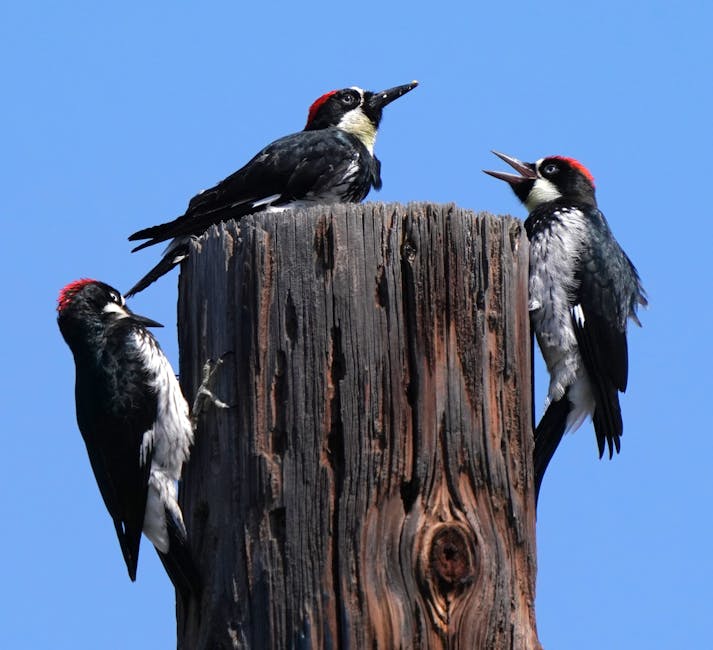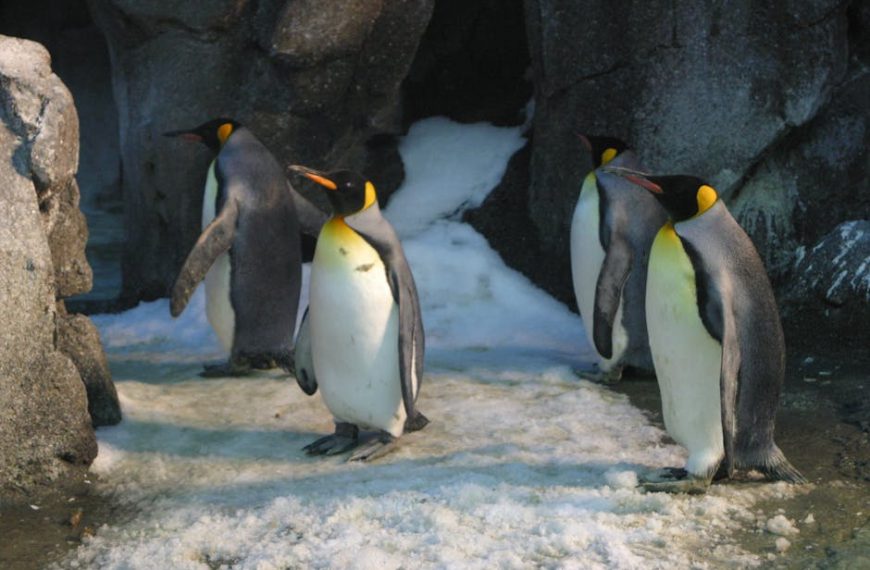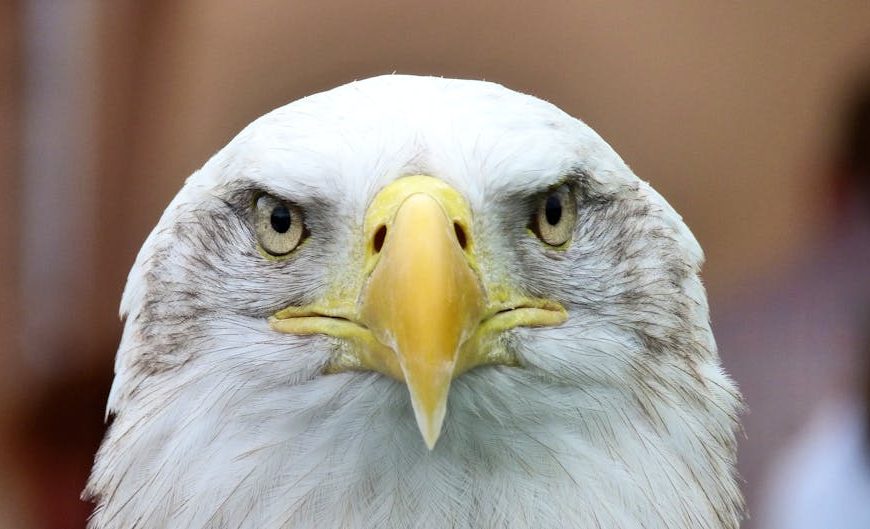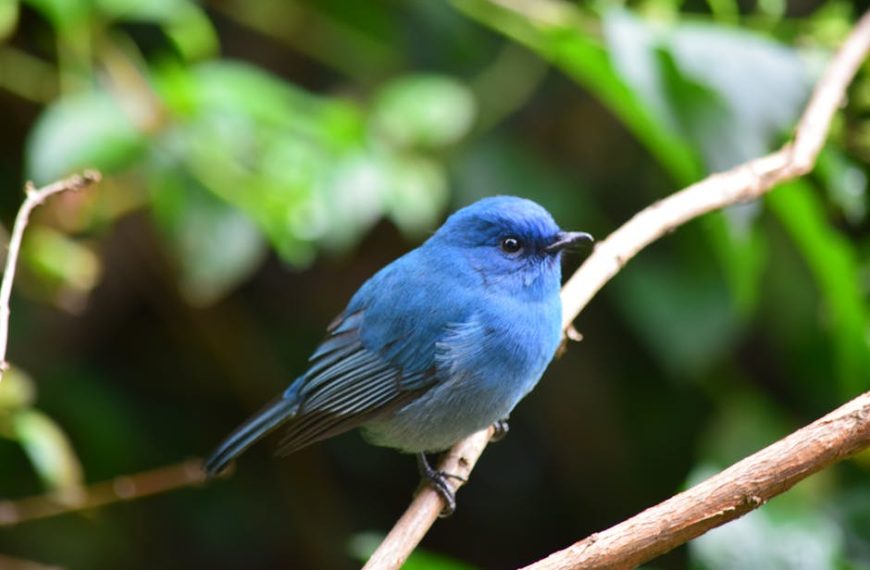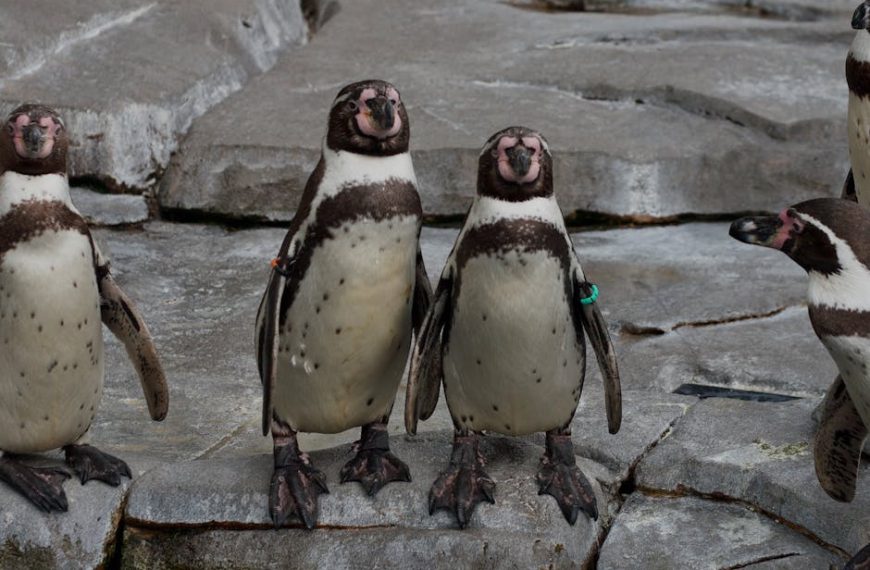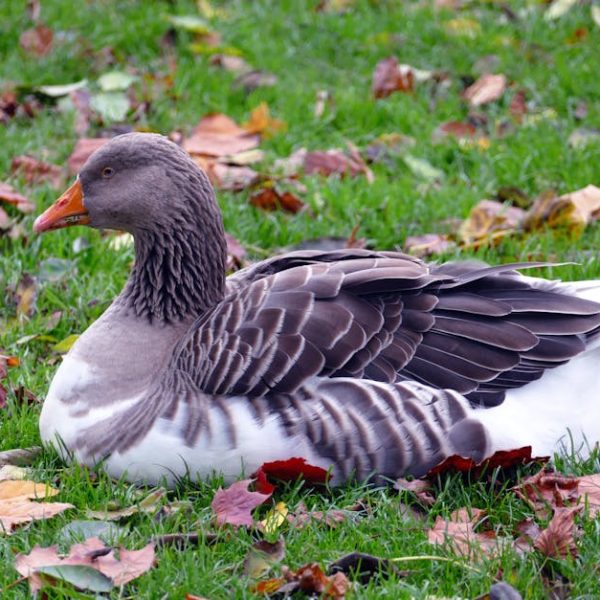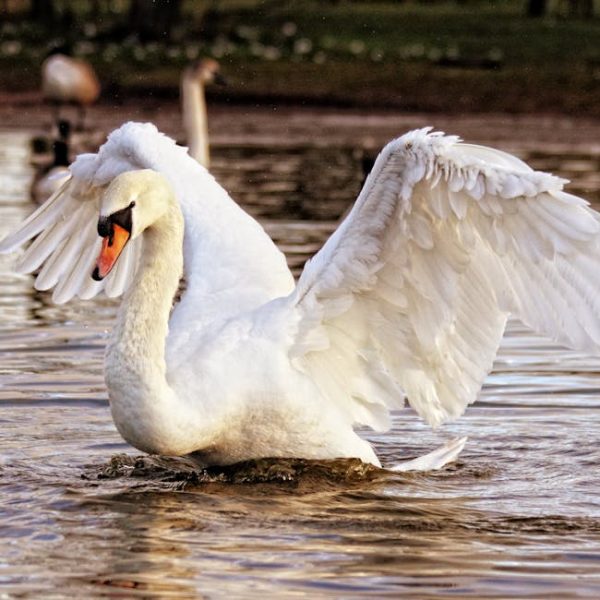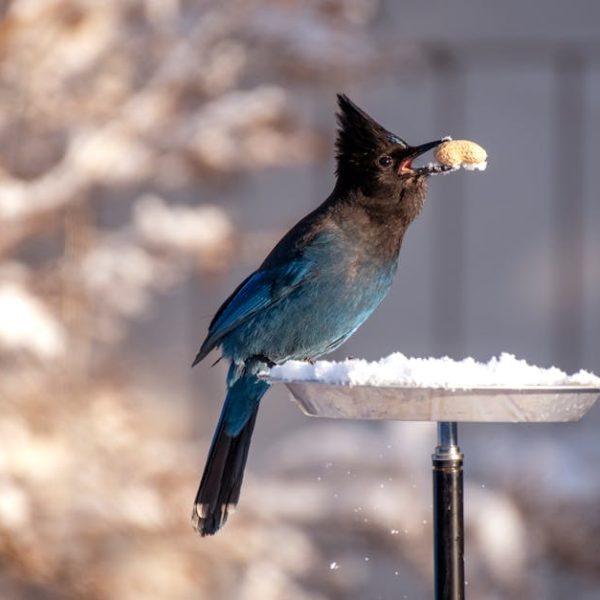In the diverse and infinite tapestry of nature, various species have evolved unique physical adaptations for survival. Let’s delve into some of these common physical traits shared among birds, reptiles, amphibians, and fish.
Foremost, consider the presence of scales. While varying in structure and type, scales provide protection to the creatures. Birds have scales on their feet and legs, reptiles have them enveloping their body as a form of skin, and fish are covered in delicate, overlapping scales that assist in movement through water. Similarly, the streamlined body shapes of many species in these groups effectively allow them to move effortlessly in their individual mediums.
Let’s take a quick glance at some of the commonly observed physical adaptations:
- Feathered wings in birds for flight.
- Fins in fish to assist swimming.
- Webbed feet in some amphibians for efficient movement in water.
- The ability of certain reptiles changing their skin color for camouflage.
These adaptations serve the singular purpose of survival – whether it’s predation, escape, or simple everyday functions.
Behavioral Similarities: Birds, Reptiles, Amphibians, and Fish
Beyond physical characteristics, shared behavioral patterns offer a glimpse into the strategies and mechanisms employed for survival by these groups. Migratory behavior, for example, wherein they travel long distances in search of favorable conditions or breeding grounds, is seen across these groups.
To better understand, here’s a checklist of some observed behaviors shared by these animal groups:
- Mating rituals: Complex and unique mating displays to attract a mate.
- Hunting methods: Use of ambush, speed, or group coordination.
- Survival techniques: Camouflage, mimicry, escape behaviors.
Understanding these shared behaviors opens a window into the fascinating survival strategies common across these groups, and their possible shared evolutionary origins.
Dietary Habits of Birds, Reptiles, Amphibians, and Fish
Diet forms a significant part of any species’ lifestyle. These groups share certain dietary preferences and hunting strategies. Birds, reptiles, amphibians, and fish tend to be largely carnivorous with several species equipped with sharp teeth or beaks for capturing and consuming prey.
However, some species across these groups follow an omnivorous diet, ingesting both animal and plant matter. There also exist herbivorous species that feed exclusively on plant matter. Each diet type presents its advantages and disadvantages in terms of availability, competition, and nutritional value.
Reproductive Similarities Among Birds, Reptiles, Amphibians, and Fish
Reproduction is integral to species survival. Between birds, reptiles, amphibians, and fish, various means of reproduction can be found such as external fertilization, oviparity, ovoviviparity, or viviparity. Parental care patterns also present intriguing parallels and offer additional nuanced comparison between these animal groups.
For instance, while most birds lay eggs, certain species of fish and reptiles are also known to do so. Amphibians typically lay eggs in water where their larvae undergo metamorphosis. But, in the domain of parental care, birds reign supreme with both parents taking an active role in nurturing their young, a trait less common in other groups.
These similarities and deviations in reproductive strategies often mirror the environmental challenges and requirements faced by these species, reinforcing the idea of survival being the ultimate driver of evolution.
Shared Anatomical, Physiological, and Metabolic Features
Animals’ internal structure and functions illustrate a profound shared heritage as well. Reptiles, amphibians, and fish are primarily ectothermic or cold-blooded, meaning they largely depend on external sources for body heat. Birds, however, are endothermic, maintaining a steady internal body temperature irrespective of environmental conditions.
Moreover, regardless of their starkly different lifestyles and habitats, these groups possess a backbone, which is a defining characteristic of vertebrates. This structure provides them with flexibility and protects the spinal cord, which is crucial for their survival.
Similarly, they each possess a heart, lungs, and kidneys, displaying a common blueprint in their core physiological structure. Forges of evolution have painted unique pictures, varying their functionality from species to species.
Overall, these shared traits show the intricate interconnectedness of life, serving as a testament to the power of adaptation in the face of various environmental challenges.
As we unravel these features and discuss them in parallel, it becomes evident that nature has employed similar strategies repeatedly across different species for their survival and propagation—an epic showcasing of natural selection and adaptation.
Key Takeaway:
- Birds, reptiles, amphibians, and fish share several physical traits such as the presence of scales and streamlined body shapes that aid their movement in different mediums.
- Shared behavioral patterns among these groups, including migratory and hunting behaviors and mating rituals, hint at shared evolutionary origins.
- Dietary preferences and hunting strategies such as carnivorous, omnivorous, or herbivorous diets are common among these groups.
- The reproductive methods and parental care patterns of these groups vary, reflecting different survival strategies.
- Shared anatomical, physiological, and metabolic traits among these species, such outer coverings, backbone presence, etc., suggest a common evolutionary journey.
The rich tapestry of life on Earth is a testament to the power of evolution and natural selection. The birds that fly above us, the reptiles that crawl below us, the amphibians that hop around us, and the fish that swim beneath the water surface all share formerly undetected commonalities. Through understanding these shared traits and behaviors, we gain a deeper appreciation for the interconnectedness of life and the strategic mastery of nature.
FAQs
Q: How does the presence of scales benefit birds, reptiles, and fish?
A: Scales provide protection and help these creatures adapt to their respective environments. Birds have scales on their legs, reptiles have them all over their body, and fish are covered in scales that aid in water movement.
Q: Do all bird, reptile, amphibian, and fish species have the same diet?
A: Not all species within these groups have the same diet. Many are carnivorous, but some omnivorous and herbivorous species are present, owing to the diversity of these groups.
Q: What is the significance of the behavioral similarities among birds, reptiles, amphibians, and fish?
A: Behavioral similarities hint at shared evolutionary origins and effective survival strategies, which are important for these groups’ continued existence.
Q: Are there any common reproductive habits among birds, reptiles, amphibians, and fish?
A: These animal groups display various reproductive methods like external fertilization, oviparity, ovoviviparity or viviparity. Differences and similarities reflect the survival strategies they’ve evolved.
Q: How do shared anatomical, physiological, and metabolic traits among these animals reflect evolution?
A: Shared features like a backbone, similar respiratory and circulatory system structures, reflect a common evolutionary journey. These traits have been beneficial in each of these groups’ survival.
Don’t forget to share this article with others who might be interested in learning more about nature’s intricacies. Explore more posts on our website for additional fascinating insights into the animal kingdom.
